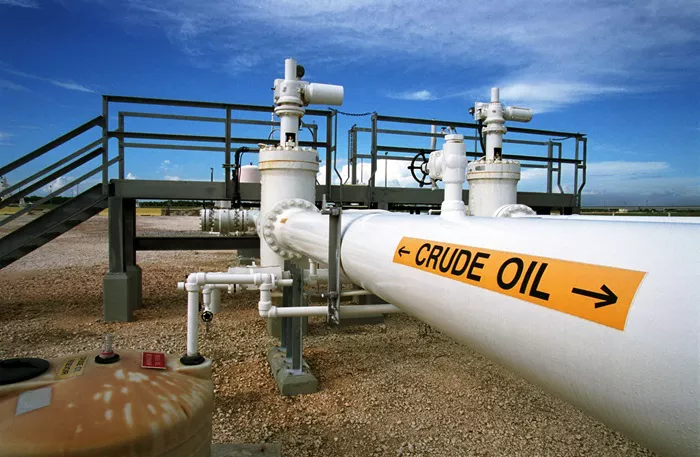Oil prices extended their sharp decline on Thursday, driven by reports of a potential rise in production from Libya and Saudi Arabia. Libya’s rival factions reached a compromise on leadership for the country’s central bank, potentially paving the way for a resumption of crude output. Meanwhile, Saudi Arabia is reportedly considering increasing production to regain market share, which could further weigh on global oil prices.
Brent crude dropped below $73 per barrel, following a 2.3% slide on Wednesday, while West Texas Intermediate (WTI) hovered near $69 per barrel. The United Nations announced that representatives from Libya’s eastern and western governments had “initialed an agreement” to advance leadership decisions for the country’s central bank, with a formal signing ceremony expected on Thursday.
Additionally, reports from the Financial Times indicated that Saudi Arabia may abandon its informal target of $100 per barrel, preparing to boost output in a bid to reclaim market share. This news added to the downward pressure on oil prices.
A strengthening U.S. dollar also contributed to oil’s decline, as commodities priced in dollars tend to become more expensive for international buyers when the currency rises. A Bloomberg index measuring the dollar’s strength posted its largest gain in three months on Wednesday as broader market sentiment soured.
The potential return of Libyan and Saudi crude comes at a time when oil is set to close its worst quarter of the year, impacted by the prospect of additional supply from OPEC+ and concerns over China’s sluggish economic outlook. While Beijing’s recent announcement of stimulus measures initially sparked optimism, oil traders have grown skeptical about their potential to significantly boost demand from the world’s largest importer of crude.
“In the medium term, oil will likely trade within a $70 to $90 per barrel range,” said Stefano Grasso, senior portfolio manager at Singapore-based fund 8vantedge Pte. “If the stimulus proves to be the missing piece for China’s recovery, we may see commodities test new highs.”
China is also reportedly considering injecting up to 1 trillion yuan ($142 billion) into its largest state-owned banks to bolster their capacity to support the economy, a move not seen since the global financial crisis of 2008.
In the U.S., commercial oil inventories fell by 4.5 million barrels last week, bringing levels to their lowest since April 2022, according to data released on Wednesday. Gasoline and distillate stockpiles, which include diesel, also declined.
On the geopolitical front, the U.S., European Union, and key Middle Eastern powers, including Saudi Arabia and Qatar, have proposed a three-week cease-fire between Israel and Hezbollah in Lebanon. The initiative aims to facilitate negotiations and prevent an escalation into full-scale conflict in the region, which could have broader implications for global energy markets.
Related topics:


